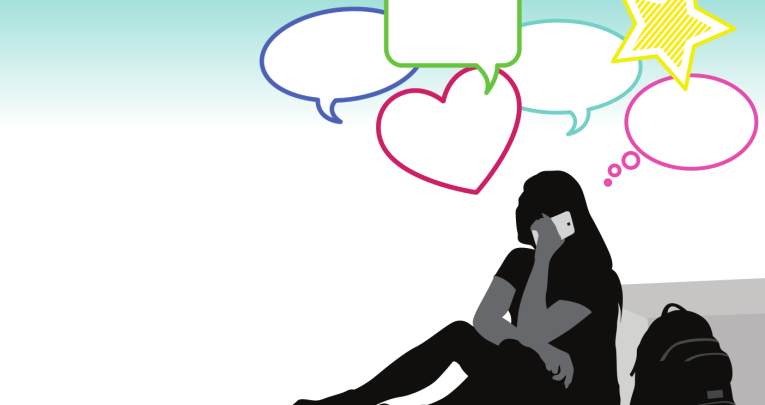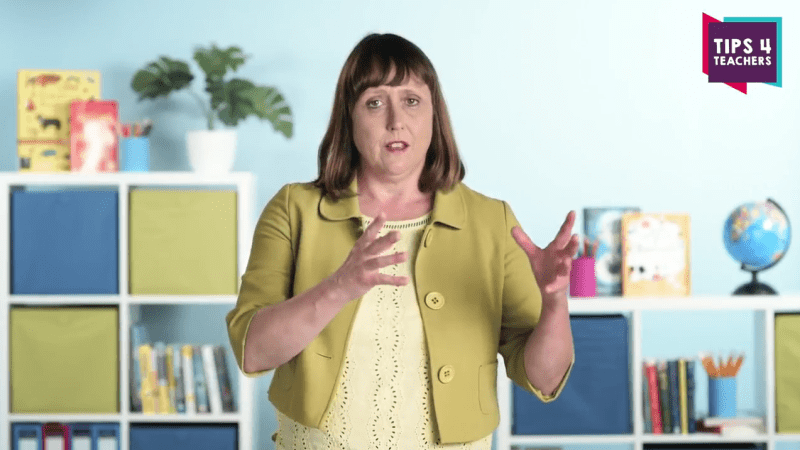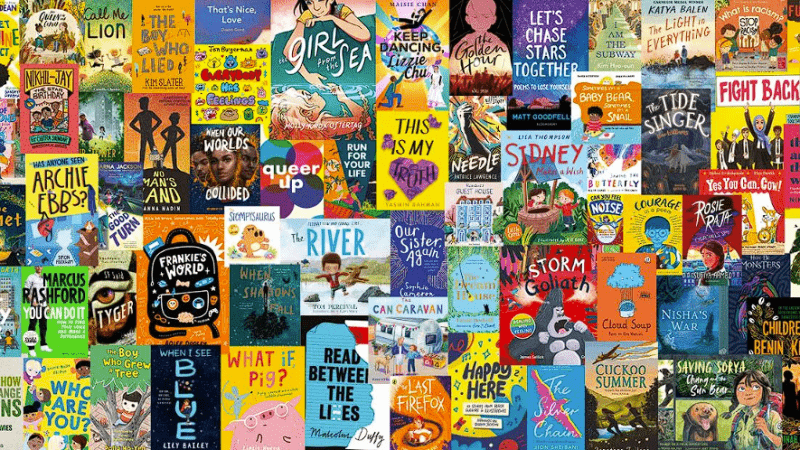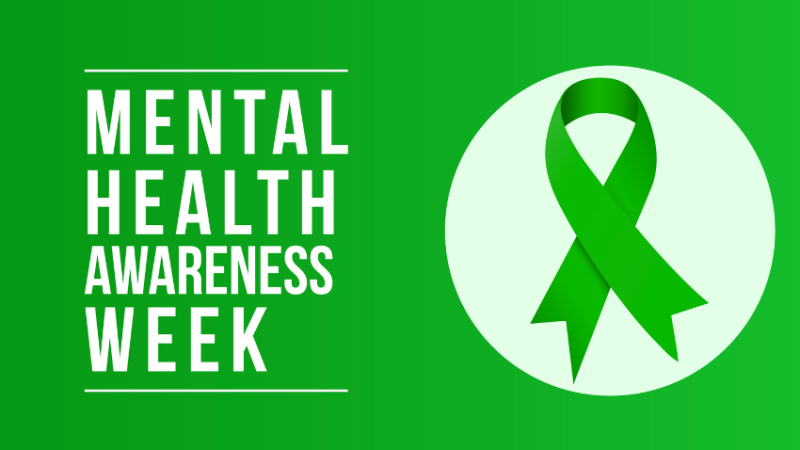Is There A Link Between Young People’s Social Media Use And Their Mental Wellbeing?

"Extreme use of the internet is associated with lower levels of life satisfaction" – Emily Frith reports on an online state of mind…

- by Emily Frith

In recent years, concerns have grown over a rise in mental health problems in children and young people. The fact that this has happened during the same time period as the rise of social media, has led to questions being raised about the impact of the latter on young people’s wellbeing.
The Education Policy Institute set out to investigate what is known about the relationship between young people’s social media use and their well-being; this research was recently published in our June 2017 report: Social media and children’s mental health: a review of the evidence.
Extreme use
We found, not entirely unexpectedly, that young people in the UK are extensive users of social media. 94.8 per cent of 15 year olds in the UK used social media before or after school – slightly above the OECD average.
Children in the UK are going online at the age of six, younger than in many comparable countries, and first internet use is happening at an increasingly younger age. Extreme internet use is defined by the OECD as going online for more than six hours a day.
The OECD found that more than a third (37.3 per cent) of UK 15 year olds can be classed as extreme internet users at the weekend.
We also discovered, however, that moderate use of social media can be beneficial for young people. It helps them build positive relationships, find new friends with common interests, become engaged in their community, share creative projects and collaborate on homework. For those with mental health problems in particular, young people found social media a source of support, as they could access advice online and meet others experiencing similar problems.
Nevertheless, extreme use of the internet is associated with lower levels of life satisfaction and higher levels of common mental health problems. In 2015, the Office for National Statistics found that, while 12 per cent of children who spend no time social networking have symptoms of mental ill health, the figure rises to 27 per cent for those who are on the sites for three or more hours a day.
This does not, of course, prove that social media use causes mental health problems; it could equally be true that young people with conditions like depression are more likely to go online, or that something else (like a person’s background or their family environment) is linked to both high social media use and mental health difficulties.
The main risks
In our research, we identified five key risks that young people can experience online:
- Spending too much time online
- Sharing too much information
- Being cyber-bullied
- The influence of social media on body image
- Sourcing of harmful content or advice
Easy access to cameras and video via smartphones means that young people have more opportunities to share aspects of their lives on social media than ever before. The development of livestreaming has increased this opportunity to share experiences as they happen. The risks occur when young people have easy means to share things when they are in a heightened emotional state or have had too much to drink, which increases the likelihood of them sharing too much and regretting it later. Despite widespread concerns in the media about the sharing of sexts and nude images, however, this seems to be something undertaken by a small minority of young people; although for some of those the consequences of doing so can be severe.
Cyberbullying is different from offline bullying as it can happen while a young person is at home; a single incident can be shared or forwarded multiple times, and the anonymity of the internet can lead to more frequent violent or sexual content or greater cruelty. Estimates of the prevalence of cyberbullying vary but an EU wide study in 2014 found that 12 per cent of UK teenagers have been cyberbullied and this had increased from 8 per cent in 2010.
Research has also identified a negative impact on young people’s body image of exposure to altered images of friends and celebrities online. A study by the University of the West of England, for example, linked time spent by teenage girls on social media with body image concerns, particularly “higher levels of internalisation of the thin ideal, body surveillance and dieting, and lower body esteem”.
A final risk identified by our research was young people accessing information about how to harm themselves online. This includes websites which demonstrate techniques for self-harm or suicide and those which promote anorexia and other eating disorders.
Effective strategies
Young people in the UK are likely to experience one or more of these risks during their childhood or adolescence. It is not always the case, however, that children experience harm from such exposure. In fact, only 15 per cent of UK 9-16 year olds who use the internet have been bothered by something they experienced online.
For parents and teachers what matters most is understanding what works to help young people deal with this new environment. Perhaps surprisingly, we found that excessive restriction of use of the internet can be harmful, as it stops young people developing the digital and emotional skills they need to build resilience to online risks, including how to manage their privacy settings, block people, and cope with hurtful comments online.
What we found to be most effective was active mediation: talking to young people about their experiences online and actively teaching them these digital and emotional skills to build up their resilience. The Government has announced work on a new Internet Safety Strategy, which will explore how to help young people protect themselves; how to help parents face up the dangers and discuss them with children; the responsibilities the industry has towards society; and how technology can help provide solutions.
Browse resources for Safer Internet Day.











